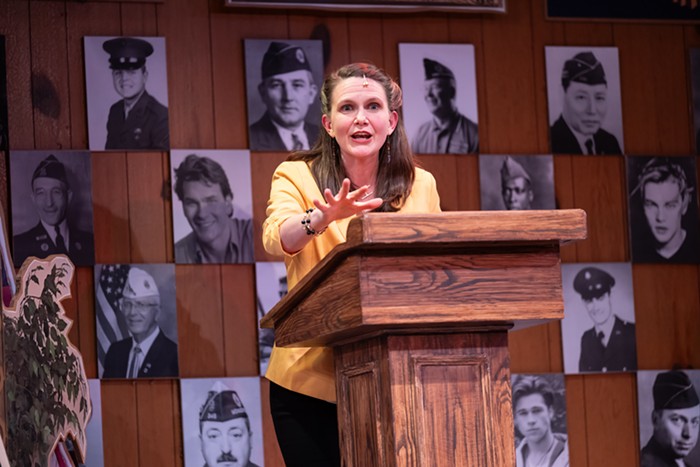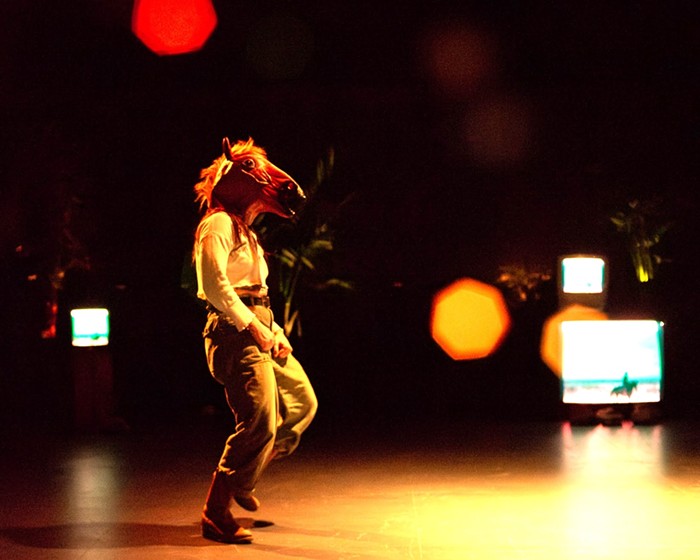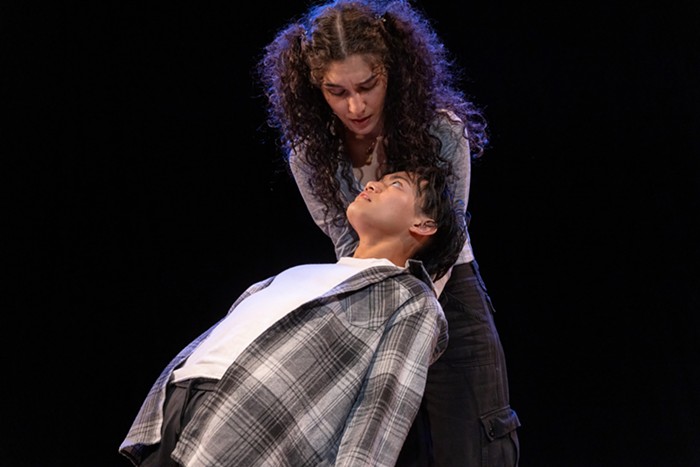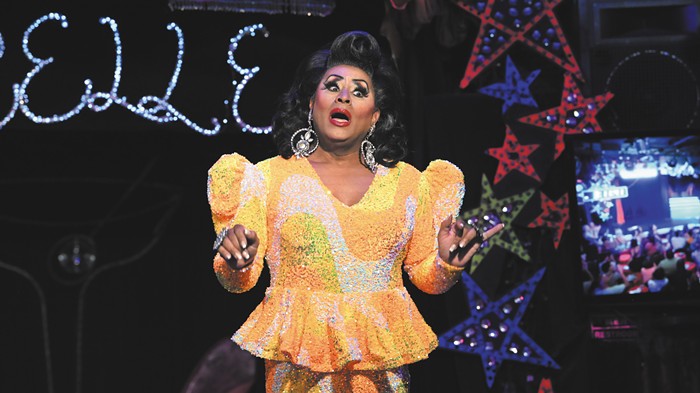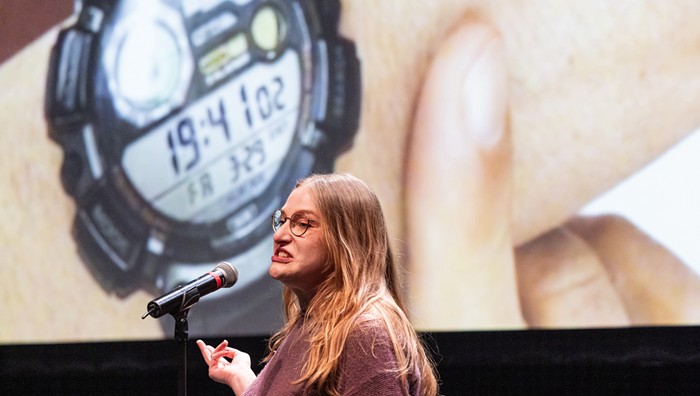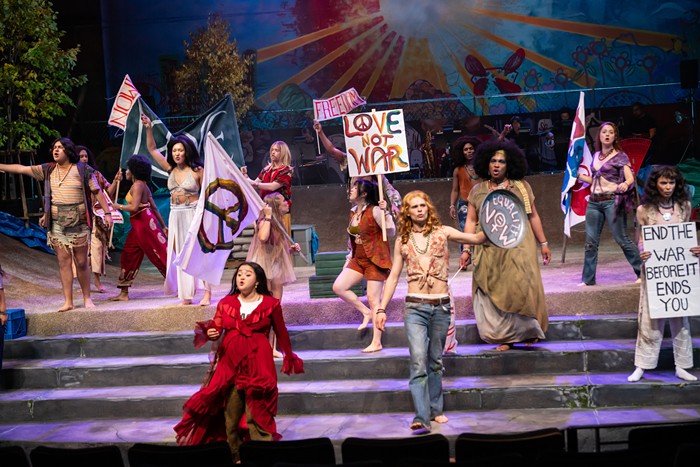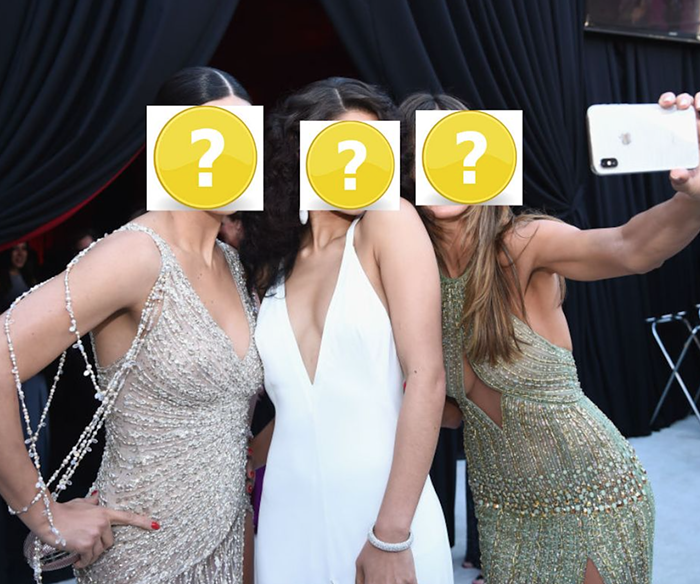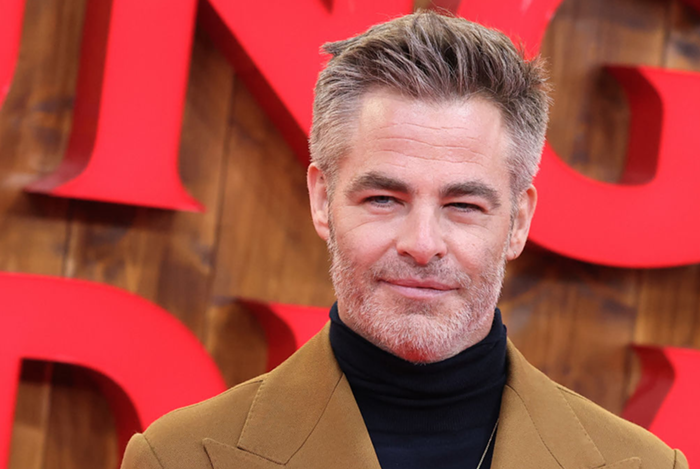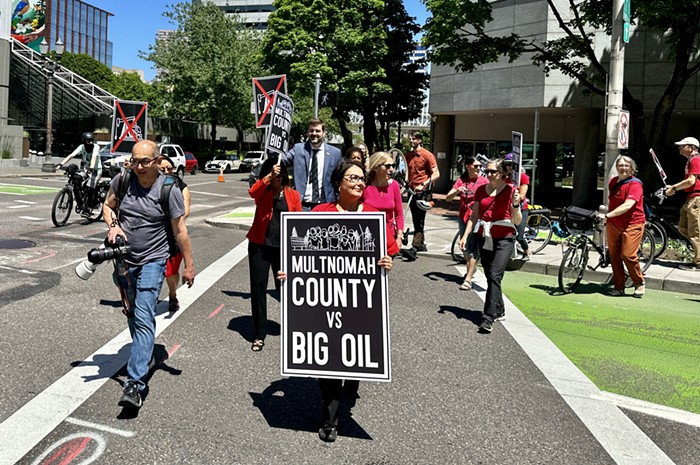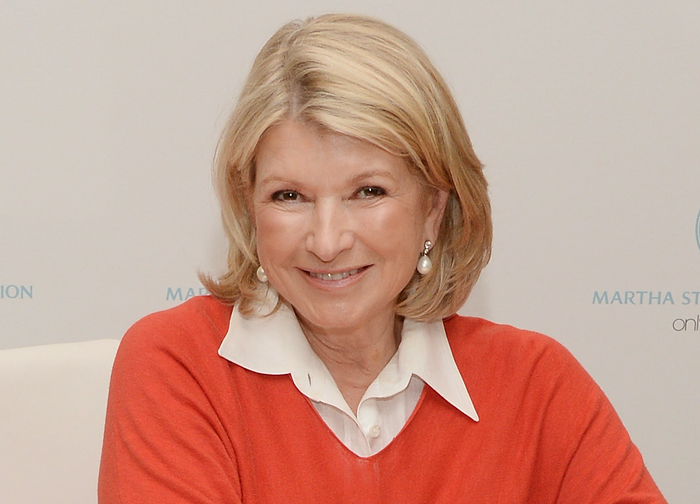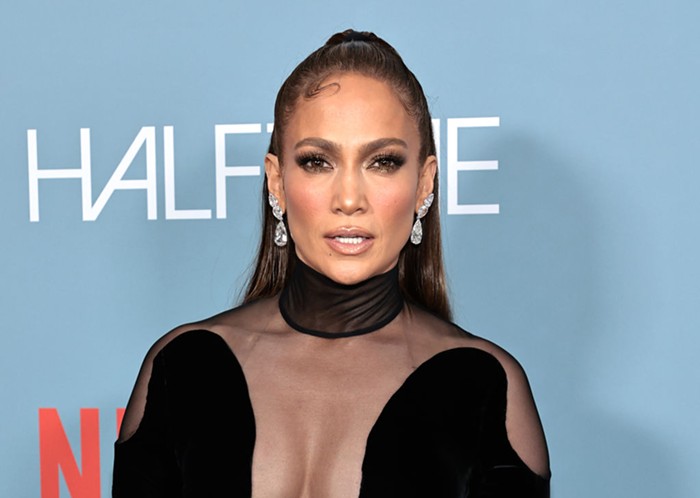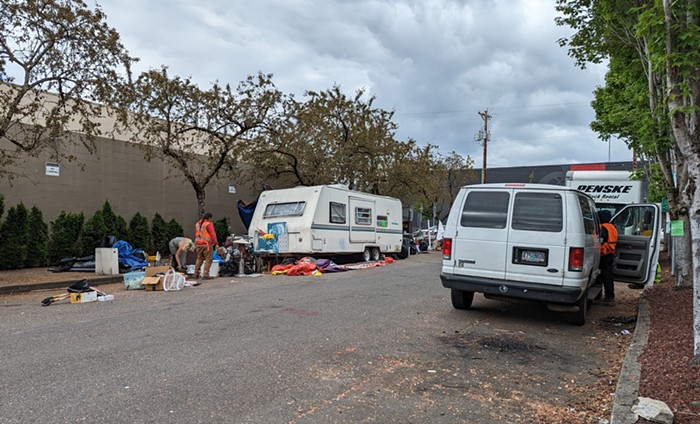Heather Raffo's 9 Parts of Desire is one of the most compelling pieces of solo theater you will ever see on a Portland stage. Performed by Luisa Sermol in a joint effort by CoHo and Cygnet Productions, 9 Parts illuminates the lives of nine Iraqi women—not terrorists, not war heroes, but normal, everyday women living and loving and trying to survive in contemporary Iraq, where nothing is the same as it once was and the future is uncertain.
No matter how politically knowledgeable we may be, most of us in the US watch the Iraq War on television, and the lives of normal Iraqi citizens are rarely shown on MSNBC. Raffo has anchored her play in the big-picture facts, but her focus is on the stories of nine individual people—it's not a sweeping polemic. Using more than a decade of interviews, Raffo, who is half-Iraqi and half-American, has created a theatrical documentary of women coming to terms with their realities.
Sermol convincingly and completely inhabits each of these characters, transitioning from one to another with a flick of her hair, a drape of fabric, and nuanced changes in posture and voice. Mullaya opens the play, mourning the dead and laying out the play's primary challenge: This rich land has been an important part of history for so long, and has been so contested—and each struggle has taken a lasting toll on the people living there. "Where is anything they said there would be?" she asks. "We were promised so much."
Layal, a vibrant and sensual painter, capitulated to Saddam's regime in order to survive and channels her frustration and fears into her work. Huda, an aged intellectual living in London, tempers her anger and guilt with drink and explains how so many can be against Saddam, but still feel betrayed by the war and the Americans. A young girl dances to American music in defiance of her mother and pines for her father who has "disappeared." An American watches the news, tries to reach her Iraqi family members, and struggles to keep herself together.
Taken separately, each character and vignette is unique and fully dimensional. Together, they are a striking portrait that lends far more insight into contemporary Iraq than any news broadcast ever could.
